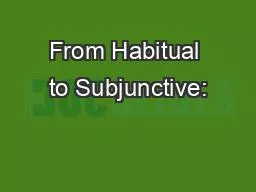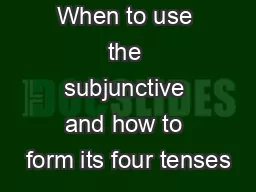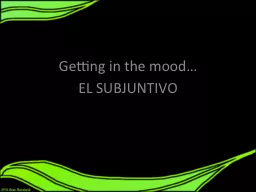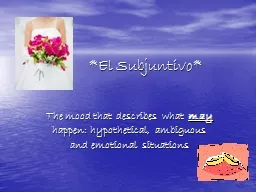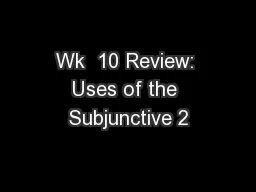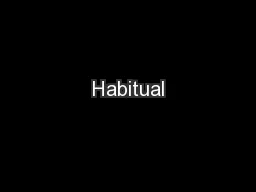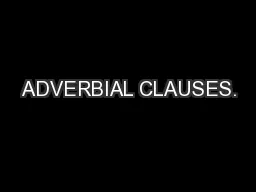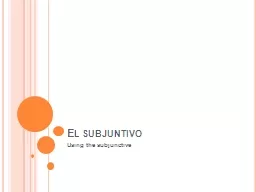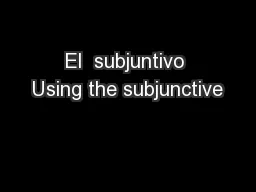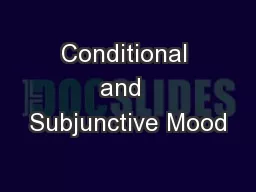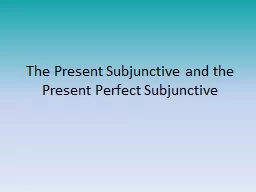PPT-From Habitual to Subjunctive:
Author : rouperli | Published Date : 2020-08-28
Grammaticalization and Reanalysis in Hebrew Elior Elkayam Tel Aviv University The 5 th International Conference For Graduate Students On Diverse Approaches
Presentation Embed Code
Download Presentation
Download Presentation The PPT/PDF document "From Habitual to Subjunctive:" is the property of its rightful owner. Permission is granted to download and print the materials on this website for personal, non-commercial use only, and to display it on your personal computer provided you do not modify the materials and that you retain all copyright notices contained in the materials. By downloading content from our website, you accept the terms of this agreement.
From Habitual to Subjunctive:: Transcript
Download Rules Of Document
"From Habitual to Subjunctive:"The content belongs to its owner. You may download and print it for personal use, without modification, and keep all copyright notices. By downloading, you agree to these terms.
Related Documents

